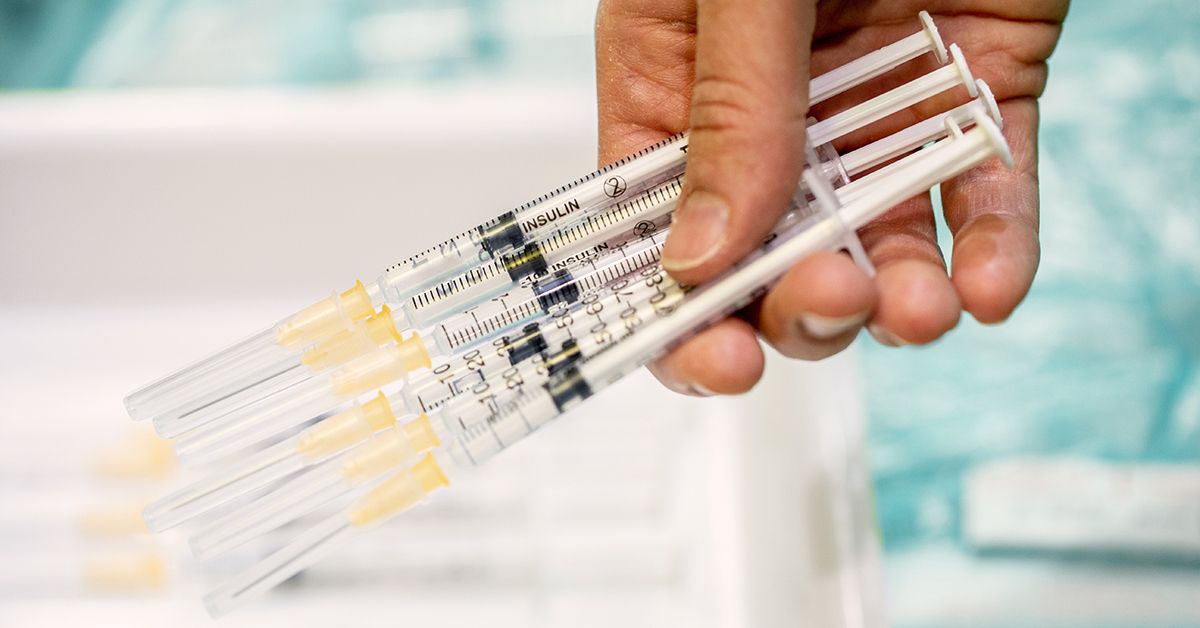
- Select a language for the TTS:
- UK English Female
- UK English Male
- US English Female
- US English Male
- Australian Female
- Australian Male
- Language selected: (auto detect) - EN
Play all audios:
Lichen planus is an inflammatory condition that can affect your skin and mucous membranes. Researchers do not yet know the exact cause, but hepatitis C may be one possible risk factor.
Lichen planus is a type of chronic inflammatory condition that causes lesions on your skin or in and around your mouth. When lichen planus affects the mucous membranes inside and around your
mouth, doctors refer to it as oral lichen planus. The exact prevalence and causes of lichen planus are still being studied. A 2021 study found a link between hepatitis C and chronic
inflammatory skin disease, including lichen planus. Because lichen planus often occurs in people with hepatitis C, there may also be a link between lichen planus and liver disease. This
article examines the possible link between lichen planus and hepatitis C. WHAT DOES LICHEN PLANUS LOOK LIKE? Cutaneous (skin) lichen planus is known for its small bumps that are shiny and
firm. Depending on your natural skin tone, these bumps can be red to purple in color. While lichen planus bumps can affect any part of the skin, they’re most common on your ankles, wrists,
and lower back. Sometimes, the lesions may also be itchy or painful. Oral lichen planus, on the other hand, affects your lips, gums, and the insides of your cheeks. It can cause redness,
swelling, and small lacy lines and dots that are white in color. Oral lichen planus is also more common than cutaneous types. You can see pictures and learn more about lichen planus here.
What’s the link between lichen planus and hepatitis C? Due to its effect on the liver, hepatitis C is associated with a number of skin conditions. Lichen planus is just one of these
conditions. While the exact link isn’t clear, many people who have hepatitis C have lichen planus, too. This does not mean that lichen planus always develops in hepatitis C, but there is
some sort of connection. Experts believe hepatitis may cause changes in the skin due to: * a direct viral infection * changes in the liver * the development of an autoimmune disease It’s
also more likely that hepatitis C can cause a sudden, widespread case of lichen planus. This is called eruptive lichen planus. Whether oral or cutaneous lichen planus is more common in
hepatitis C is not yet clear. A 2023 review and meta-analysis of oral lichen planus, however, found that people who had inflammatory conditions were more likely to develop hepatitis
(inflammation of the liver) or liver cirrhosis. A doctor may want to test for hepatitis C if you have lichen planus. On the other hand, if you have hepatitis C, a doctor may look for signs
of lichen planus. WHAT CAUSES LICHEN PLANUS? The exact cause of lichen planus is unknown. Some researchers believe it is autoimmune in nature, which may be triggered by certain medications,
viruses, or allergens. Hepatitis C is one possible trigger of lichen planus. It’s estimated that about 17% of people with hepatitis may experience skin changes, including lichen planus. To
confirm lichen planus, a doctor may take a small biopsy and send it to a lab for further analysis. Is lichen planus associated with hepatitis B? Hepatitis C isn’t the only form of hepatitis
infection associated with lichen planus. Research has also established links between hepatitis B and this inflammatory condition. If you have hepatitis B, it’s important to talk with a
doctor if you experience any skin changes that might point to lichen planus. Is lichen planus associated with liver disease? The overall link between lichen planus and liver diseases dates
back to the late 1970s. While researchers have established hepatitis B and hepatitis C as risk factors for lichen planus, more studies are needed to understand whether other liver-related
conditions may be involved. For example, a 2021 nationwide cohort study found that 1.7% of people with lichen planus had liver cirrhosis. This was compared to 1.8% with hepatitis C and 2.2%
with hepatitis B. Such findings may suggest that liver cirrhosis could be another risk factor for lichen planus development, though it’s slightly less common than hepatitis infections.
Nevertheless, more studies are needed to establish this possible link. How is lichen planus treated? Doctors typically treat lichen planus with: * topical corticosteroids * oral or
injectable steroids * immunosuppressing drugs Widespread bumps may also be treated with phototherapy. Although research is mixed, one 2022 cohort study suggested that direct-acting
antivirals used in hepatitis C treatment may also help treat oral lichen planus. For unknown reasons, most people with cutaneous lichen planus also experience spontaneous clearing after 1 to
2 years. However, scarring, hyperpigmentation, and recurring lesions are also possible. Oral lichen planus is usually chronic. Takeaway Lichen planus is an inflammatory skin condition that
may develop in people with hepatitis C. While not everyone with hepatitis C will go on to develop lichen planus, many people will. Symptoms of lichen planus include painful or itchy lesions
on your skin or in your mouth. Lichen planus can be chronic, but treatment can help alleviate symptoms. If you have hepatitis C and you notice any rashes or other changes to your skin,
discuss these symptoms with a doctor. Conversely, if you have lichen planus, but have not been tested for hepatitis C, talk with your doctor about whether you should be screened for
hepatitis.







![Genome-wide identification of geographical segregated genetic markers in salmonella enterica serovar typhimurium variant 4,[5],12:i:-](https://media.springernature.com/m685/springer-static/image/art%3A10.1038%2Fs41598-018-33266-5/MediaObjects/41598_2018_33266_Fig1_HTML.png)
